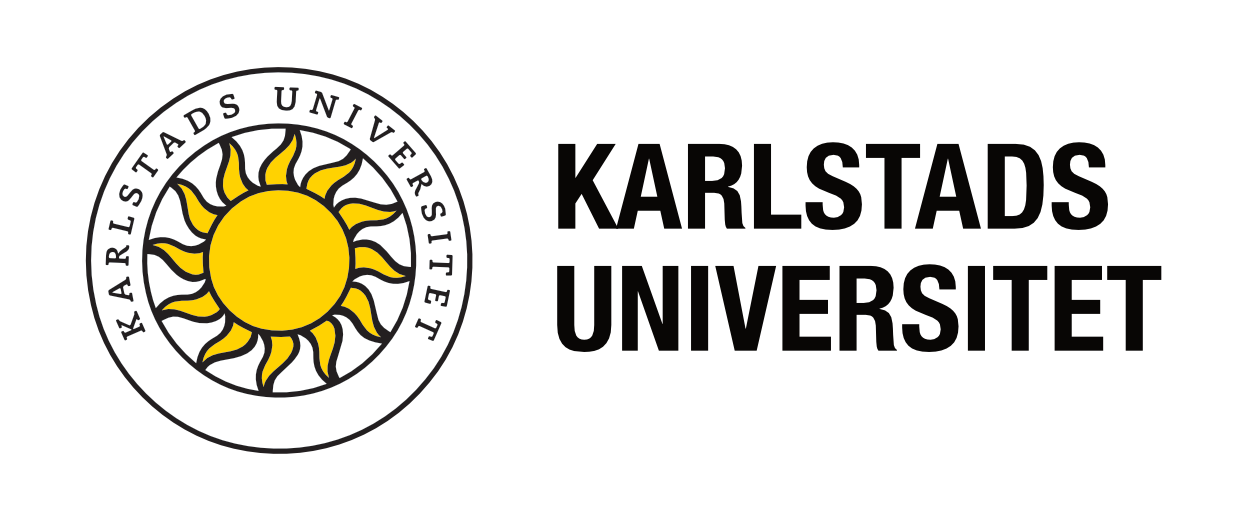Here is an example of how systematic language training – reading, writing, managing academic texts – have been implemented in all courses of a 1-year study programme that concludes with an independent project. We hope it will inspire you.
Continue reading “Tips: Systematic language training through a series of programme courses – an example”Tag: Course flow
Planning language progression throughout an entire study programme
A student with generally weak language skills is not likely to solve the issues over the time period of one single course. Measures to strengthen a student’s language skills therefore need to be planned using an overall approach that looks at the entire study programme.
Continue reading “Planning language progression throughout an entire study programme”Mandatory course components: When can we use it?
The general principle for higher education is that it is voluntary for the student. The only mandatory element is the examination. However, certain course components can be made mandatory, even if they are not part of the examination. How?
Continue reading “Mandatory course components: When can we use it?”Reading instructions for students? When and how?
If you arrive at university fresh out of upper secondary school or after several years in working life, it can be difficult to approach the task of reading large quantities of text. How would you – the teacher – describe your target group? Do they need the support of reading instructions and study techniques?
Continue reading “Reading instructions for students? When and how?”Tips: Overview per week
A picture is worth a thousand words. Make a simple overview picture that presents what will happen during the course.
Continue reading “Tips: Overview per week”Tips: Structure in the course with Canvas ‘Study Planner’
With the canvas tool Study Planner, you can help students create structure in their study work and in their planning. In addition, the tool helps you assess how your course structure will affect the students’ workload. Have you created a reasonable structure?
Continue reading “Tips: Structure in the course with Canvas ‘Study Planner’”Tips: Support matrices to identify where students need help
Support matrices is a digital tool that helps students to keep track of their progress in sections of a course that include exercise or training tasks and which also helps the teacher to identify tasks that cause difficulties in the student group. In this way, the teacher can adapt the teaching so that the focus ends up where it does the most good.
Continue reading “Tips: Support matrices to identify where students need help”
